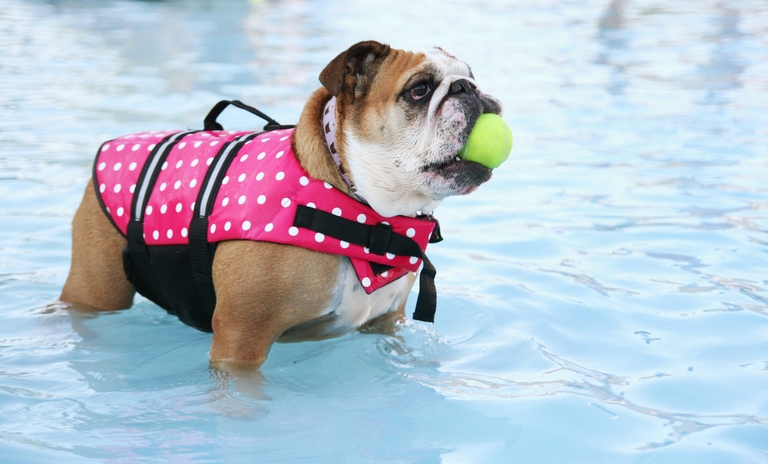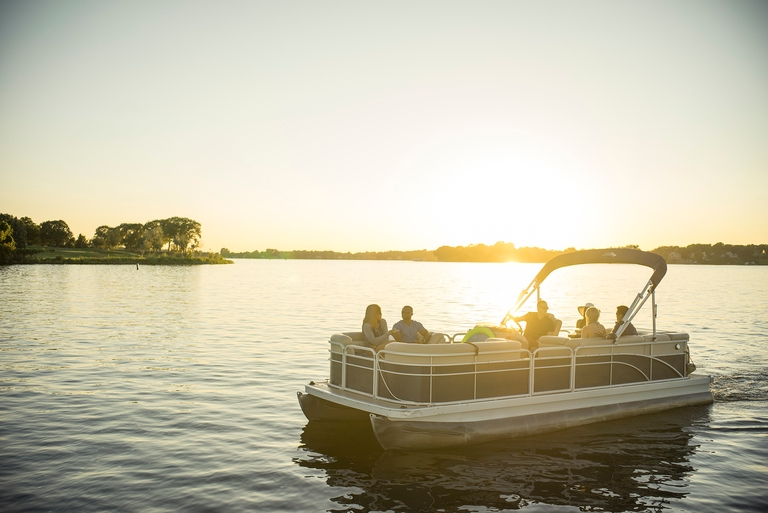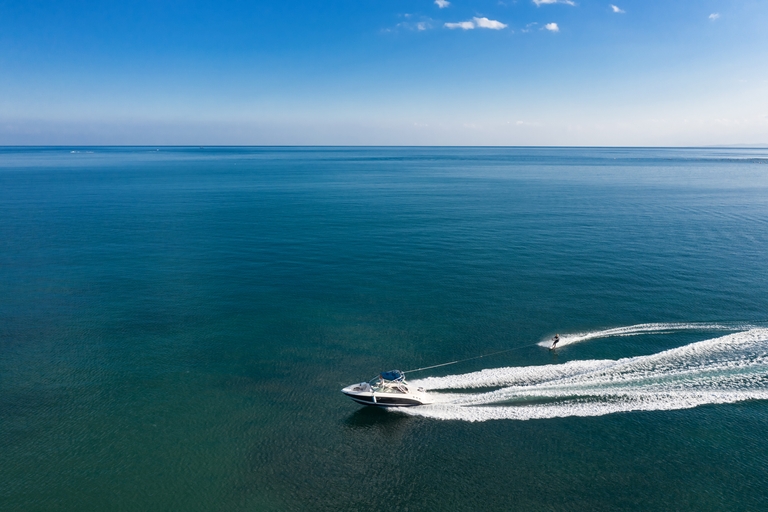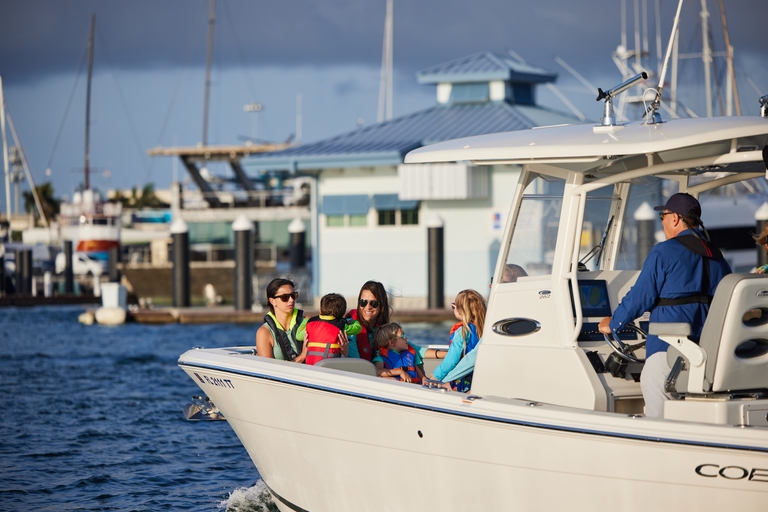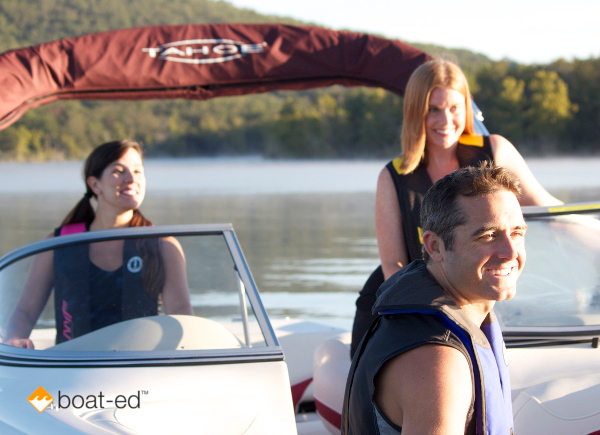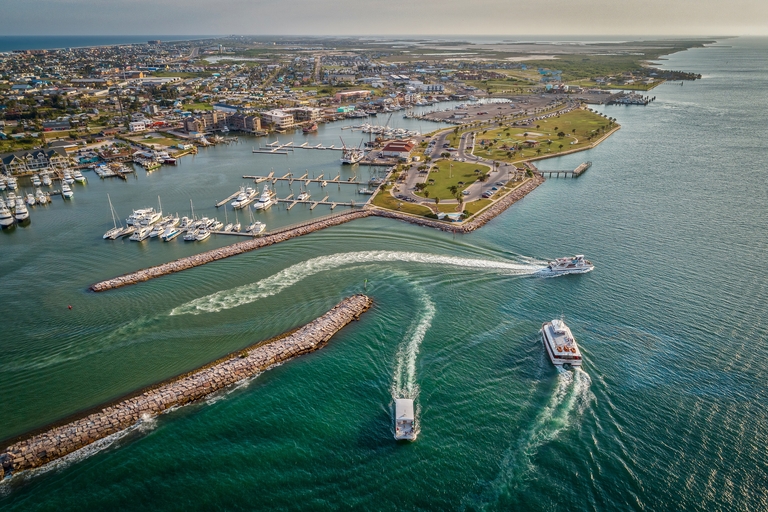Boating Terminology: What Does Capsize Mean?

If you've ever heard someone talk about a boat capsizing, you may wonder what that means (exactly) and what causes it. You could also be interested in how to avoid it and whether certain boats are more likely to capsize than others.
With additional knowledge, you can reduce the chances of having your boat capsize, and that's a great way to keep yourself safer on the water.
So, what does capsize mean? How can you avoid this situation when operating a boat? Keep reading for insights!
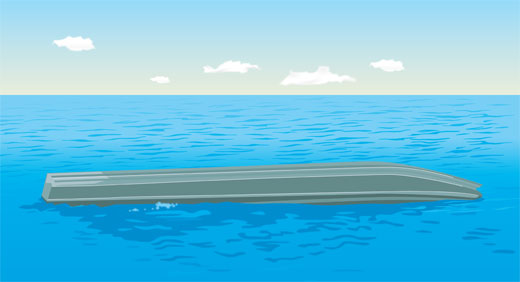
What Does Capsize Mean?
So, what does it mean when a boat "capsizes?"
Capsizing refers to a boat overturning or flipping onto its side, or even upside down, in the water. This can be a frightening experience for any boater and puts lives at risk.
A capsize can happen suddenly due to various factors such as waves, weather, or improper weight distribution. Sometimes, an overturned boat can also occur more slowly if your boat has a leak or starts to take on water, eventually causing it to tip over.
Causes of Capsizing
One of the leading causes of capsizing is strong winds or waves. An unexpected storm can capsize a boat quite quickly, and a rogue wave that comes seemingly out of nowhere can also cause big problems. Looking at the weather report before heading out on your boat is essential — but sometimes, the weather surprises you.
Overloading the boat with too much weight is another issue that can create ideal conditions for capsizing, as can uneven weight distribution. To reduce your capsizing risk, make sure you don't overload your boat and focus on distributing any weight appropriately.
Especially with smaller boats, sudden shifts in the positions of the passengers can create a capsize because they rapidly make the weight uneven and can tip the boat's balance on the water. If you take passengers out for a boating adventure, be sure to talk to them about this risk and be mindful of their positions on the boat.
You may also capsize if you mishandle your boat, such as taking sharp turns at high speeds. It can be fun to go fast and show off your boat's agility, but make sure you temper that with safe practices that will get you and your passengers back to the dock again.
What's the Difference Between "Capsizing" and "Swamping?"
If you're asking, "What does capsize mean," you may have it confused with swamping, which is another common risk with some kinds of boats. However, they're very different issues.
Capsizing happens when the boat flips onto its side or completely overturns in the water, while swamping means that water enters the boat but doesn't entirely overturn it.
Both situations are problematic and can be very dangerous, but they have to be handled differently. If water starts filling your boat, try to get back to shore quickly while bailing water out of the boat to avoid swamping.
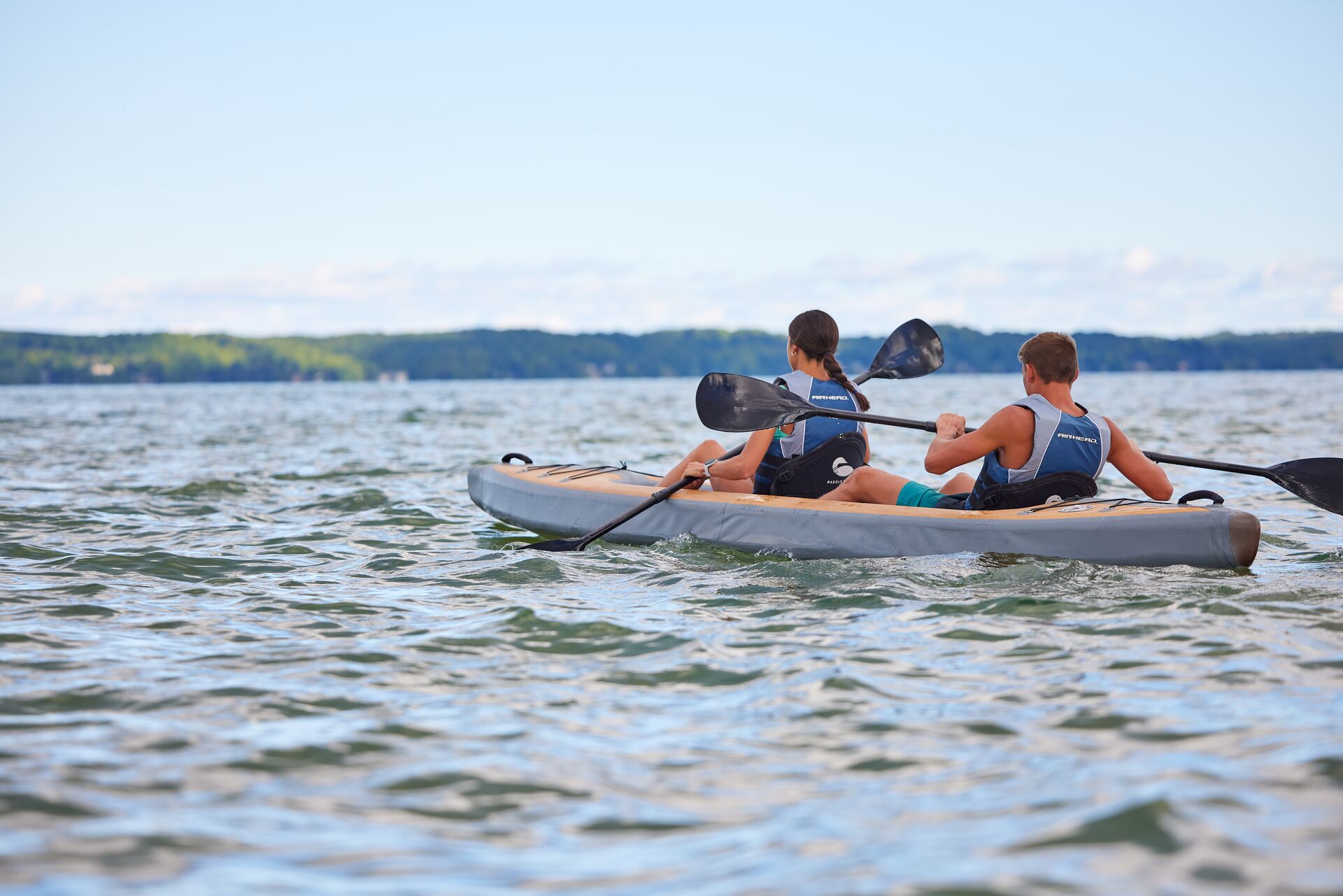
Boat Types Most Likely to Capsize
Small boats, kayaks, canoes, and dinghies are much more prone to capsizing than larger vessels because they weigh less and don't have good stability in rough waters.
Especially if you're a novice boater, you want to go slowly and get used to the feel of your boat before venturing out further from the dock or the shoreline.
Tips to Prevent Capsizing
To reduce the chances of capsizing, balance the boat's load evenly. Also, avoid overloading the vessel, as that can affect stability and cause it to sit too low in the water.
You'll also want to maintain proper handling techniques to keep good control of the boat, especially in challenging water or weather conditions.
Pay attention to weather forecasts, read tide tables, and avoid boating in rough weather. The more you understand boating safety and take it seriously, the less likely you'll be to capsize.
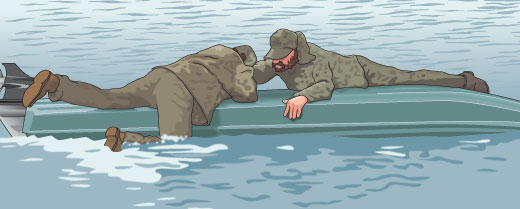
What to Do if Your Boat Capsizes
Sometimes, a boat capsizes even though you're doing everything right. If that happens, stay calm and stay with your boat. It provides flotation, and you may need to wait a while before you're rescued.
Signal for help using your PFD (personal flotation device) or another type of signaling device, and try to climb onto the boat's overturned hull if you can. This will help you stay dry and visible, protecting you from cold water immersion problems such as hypothermia and making it easier for rescuers to spot you.
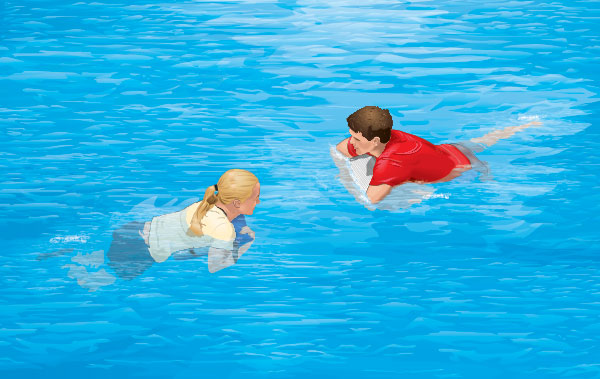
The Importance of Safety Gear
Wearing safety gear is extremely important when you're out on the water. Always wear a PFD, which will give you buoyancy if your boat capsizes. Also, make sure your boat has proper safety equipment, such as flotation aids and signaling devices.
A boating education course can teach you how to prevent and handle capsizing incidents. With the information you'll learn in a safety course, you'll understand how to use your safety gear properly and what to look for if the weather begins to change or you're facing a capsized boat.
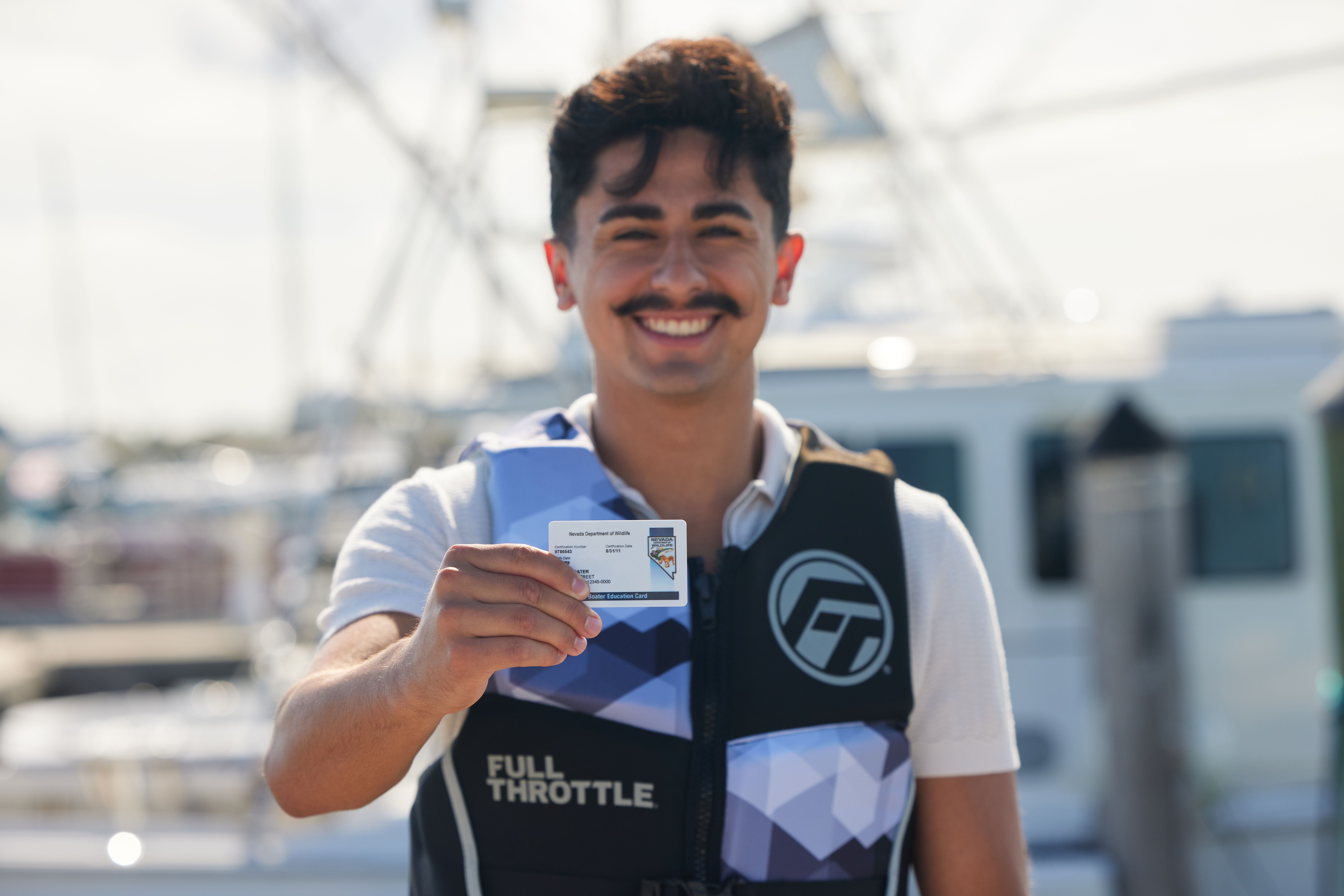
Learn More About Boating Safely with Boat-Ed
Capsizing is a dangerous situation that can often be avoided with safe boating techniques. However, sometimes, a boat capsizes even if you apply all of the proper techniques and precautions while on the water.
The best way to recover from a capsized boat is to know what to do in this situation. So, before you head out on your boating adventures, take a boater education course through Boat-Ed. You can learn more about staying safe in the water and increase your peace of mind to enjoy your boating experiences more fully.
Plus, most states and Canadian provinces require boat operators to pass a safety course before driving a boat.
Let Boat-Ed help with our online courses that make it easy to learn! Choose the course for your state, or take our course for Canadians, and then hit the water safely.

